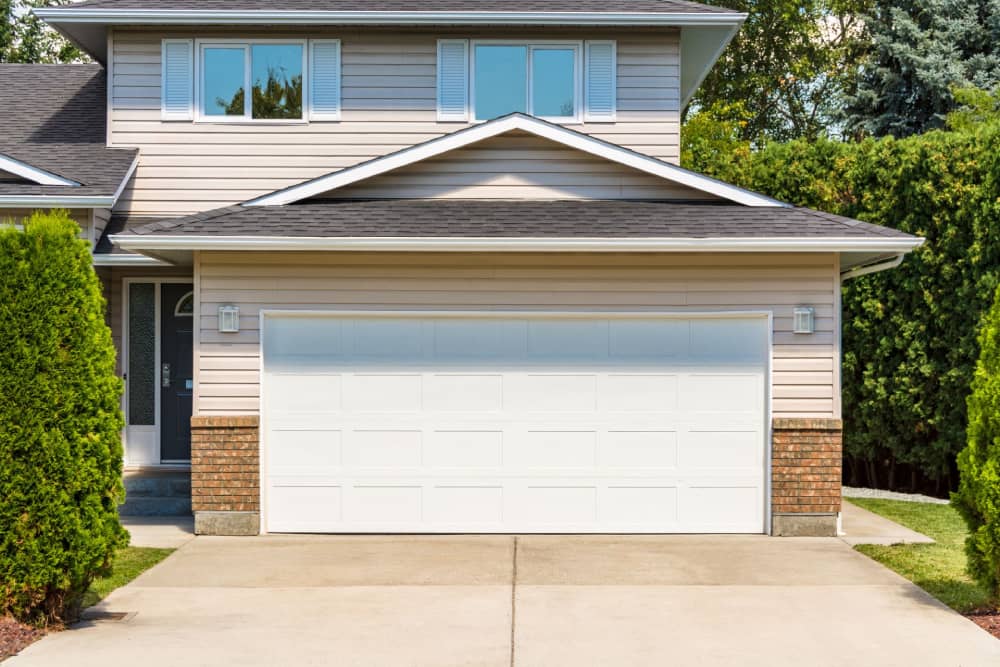Home construction is a lengthy and expensive process. You will have to deal with all sorts of debris, including wood scraps, nails, and pieces of drywall.
Dealing with this mess can be incredibly frustrating for homeowners who want their homes back as soon as possible.
But don’t worry! Keep reading because, in this article, you are going to learn 10 different, and efficient ways of getting rid of your construction debris!
1. Wait it Out
If the leftover construction material is relatively small and simple (e.g., boards without nails), simply wait until after everything has settled down around your property and then dispose of them properly (e.g., bring them to the). However, if possible, it would be best to dispose of them as soon as possible, such as before they attract insects or animals.
2. Donate & Reuse
There are many building materials that can be reused and donated. For example, consider reusing old doors and windows at a friends’ place (be sure to get their permission!) and donating the non-broken ones for children in need (e.g., Habitat for Humanity ).
You can also help your community by donating wood scraps to gardeners who will use them for composting. Check with your city hall, local parks department, or public library on places that accept wood donations. Finally, new homes being built nearby may take delivery of leftover construction material, so ask around if you have any inquiries.
3. Recycle
Most cities have a recycling program for construction debris and you can usually find out what is accepted by contacting your local waste management or public works department. Metal, plastic, and glass can all be recycled, but make sure that they are clean and free of any other materials (e.g., nails, screws) that could contaminate the recycling process.
4. Mulch
Mulching is a great way to improve the soil and add nutrients to your garden. It also helps to suppress weeds, retains moisture in the soil and reduces erosion. You can use almost any kind of organic material to mulch your garden with, including wood chips from construction sites.
Just make sure that the wood chips are not treated (e.g., pressure-treated, painted) or toxic before using them in your garden.
5. Fill Holes
Take leftover dirt material and fill up any holes that were dug by you or others around your property back during construction projects. This will help prevent water damage if it is done (after the area dries out).
Not only does this keep your yard clean, but it can lower your chances of seeing rodents come into your home because they hate open areas that allow them to easily find food and shelter.
6. Compost It!
Even small amounts of organic materials like wood scraps and vegetation from landscaping can be composted. All you need is a compost bin, which you can buy or make yourself. If you don’t have a compost bin, start a pile on your yard or in an easily accessible area.
There are many types of compost bins out there to choose from when making your own, so it’s up to you! Just make sure that when they’re full, the raw materials are either buried deeply enough in the pile or covered with a layer of dirt.
7. Burn It
If allowed by local authorities and regulations, you can burn debris if it is not wet or contaminated with other chemical materials (e.g., paint). To limit the amount of air pollution, keep your fire small and under control at all times.
Make sure that you put all smoking objects out completely before leaving where burning is allowed. You may also need to obtain a burning permit from your local fire department.
8. Bag It and Take it to the Dump
If you want to take the easy way out, just bag up the debris and take it to your nearest landfill or dumpsite. This is definitely not the greenest option, but if you don’t have the time or resources to do anything else, it will at least get the job done.
9. Hire a Dump Truck
If you have a lot of construction debris, hiring a roll off dumpster can be a more efficient way of getting rid of it instead of taking multiple trips to the dumpsite. You can either find someone who is willing to do this free or hire a construction dumpster company that specializes in this type of service.
Just be sure to have an idea of how much debris you have before contacting anyone, as most construction dumpster rental companies have a minimum amount that they will haul away.
10. Rent a Storage Shed
If you have a lot of extra space in your backyard, renting a storage shed can be a great way to store your construction debris until you have time to get rid of it. This also keeps the material out of sight and eliminates any potential messes. Just be sure to measure the size of the shed against the amount of debris that you have to make sure it will fit!
Want More Help Getting Rid of Construction Debris?
Whether you’re building or renovating your home, things can get messy! But fortunately, there are several ways to clean up after construction projects. Some of these options include recycling the debris (e.g., composting), burning it, filling holes with dirt material collected elsewhere on your property, and bagging it to take to the dumpsite.
You should contact your local waste management or public works department to determine what materials are accepted for recycling in your area. To learn more about where to dump construction debris responsibly, please check out our blog!
















